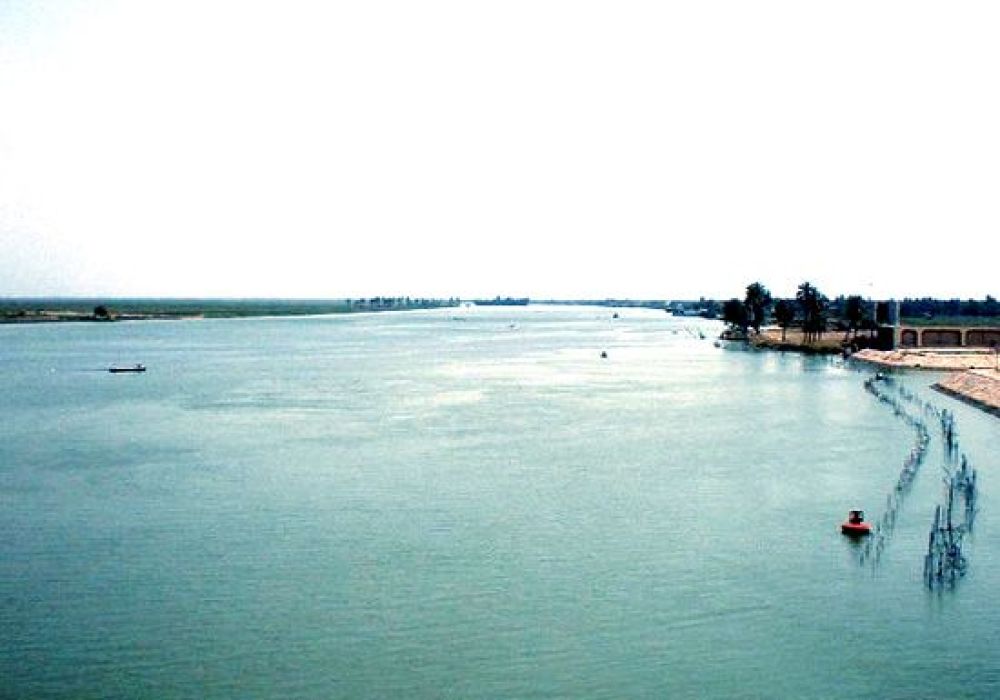

The Shatt al Arab river is a historically significant waterway formed by the confluence of the Tigris and Euphrates rivers in the city of Basra, Iraq. Basra itself is known as the "Venice of the Middle East" due to its numerous canals that evoke a rich tableau of its ancient past. Over centuries, the river has been a vital transport route for both trade and culture, creating a melting pot of civilizations that have contributed to its diverse and unique culture, which in turns adds to its appeal as a tourism destination.
Tourism in the region has deep roots, dating back to ancient Mesopotamian times when pilgrims and traders would travel through the area. In recent history, however, political instability and conflict have greatly affected the tourism industry in Iraq as a whole. Nevertheless, with the improvement in security and reconstruction efforts in Basra, the city has been slowly opening up to tourists who are interested in its historical and cultural heritage.
During the 1970s and 1980s, Basra and the Shatt al Arab saw moderate levels of tourism, mostly from domestic visitors and some international travelers interested in the historical sites of Mesopotamia. However, the Iran-Iraq War and subsequent conflicts, including the Gulf War and Iraq War, virtually halted tourism due to security concerns and damage to infrastructure.
In recent years, there has been a concerted effort to revive tourism in the region. Restoration of historical sites, investment in tourist facilities, and the promotion of cultural festivals have slowly begun to rekindle interest in Basra as a tourist destination. Local authorities have been working to promote the area's rich history, including the significance of the Shatt al Arab River.
The latest trend in tourism in Basra and the Shatt al Arab region has been an emphasis on cultural and historical tourism. Efforts are underway to educate visitors about the area's contribution to human civilization and to the arts and sciences. Eco-tourism is also emerging, with visitors interested in the river’s ecosystem and the unique marshlands of the southern Iraq region, which are a UNESCO World Heritage site.
Moreover, the advent of digital platforms and social media has been leveraged to showcase Basra's attractions, history, and potential for tourism. As part of the ongoing trend, virtual tours and online resources now offer glimpses into the region's offerings, fostering interest even among those who cannot visit in person.
While tourism is slowly growing, challenges remain, including the need for improved infrastructure, secure conditions for travelers, and international perceptions of Iraq. Nevertheless, the rich cultural tapestry, historical significance of ancient Mesopotamia, and the legendary hospitality of the Iraqi people hold promising potential for the future of tourism along the Shatt al Arab River as more visitors seek authentic and enriching travel experiences.